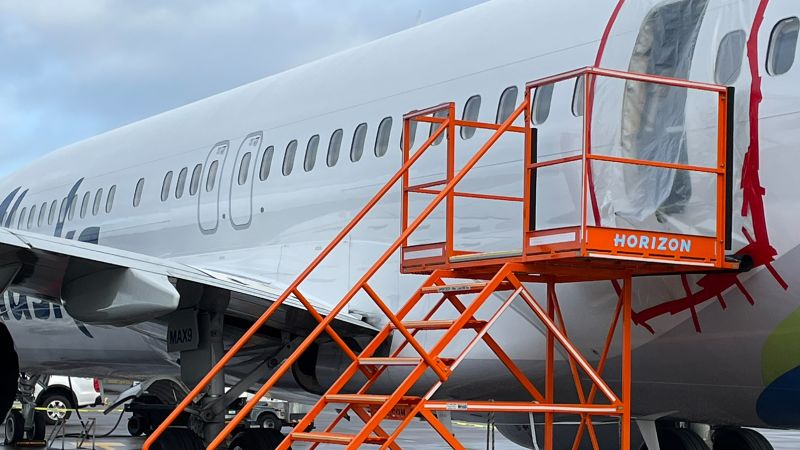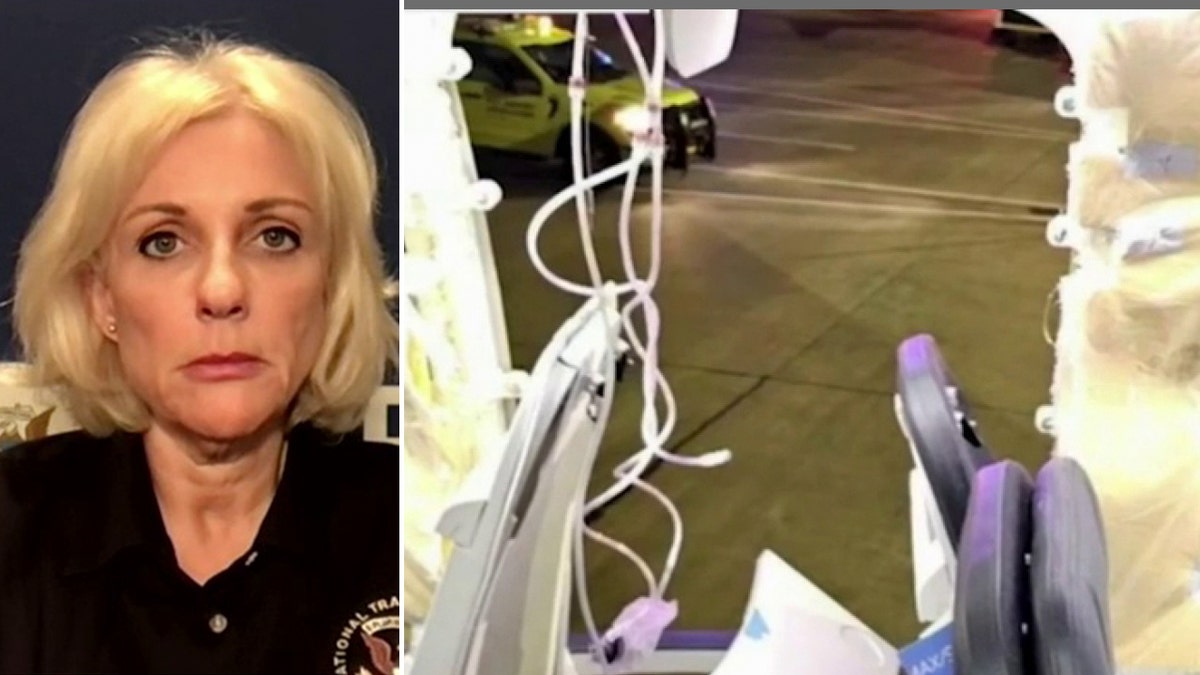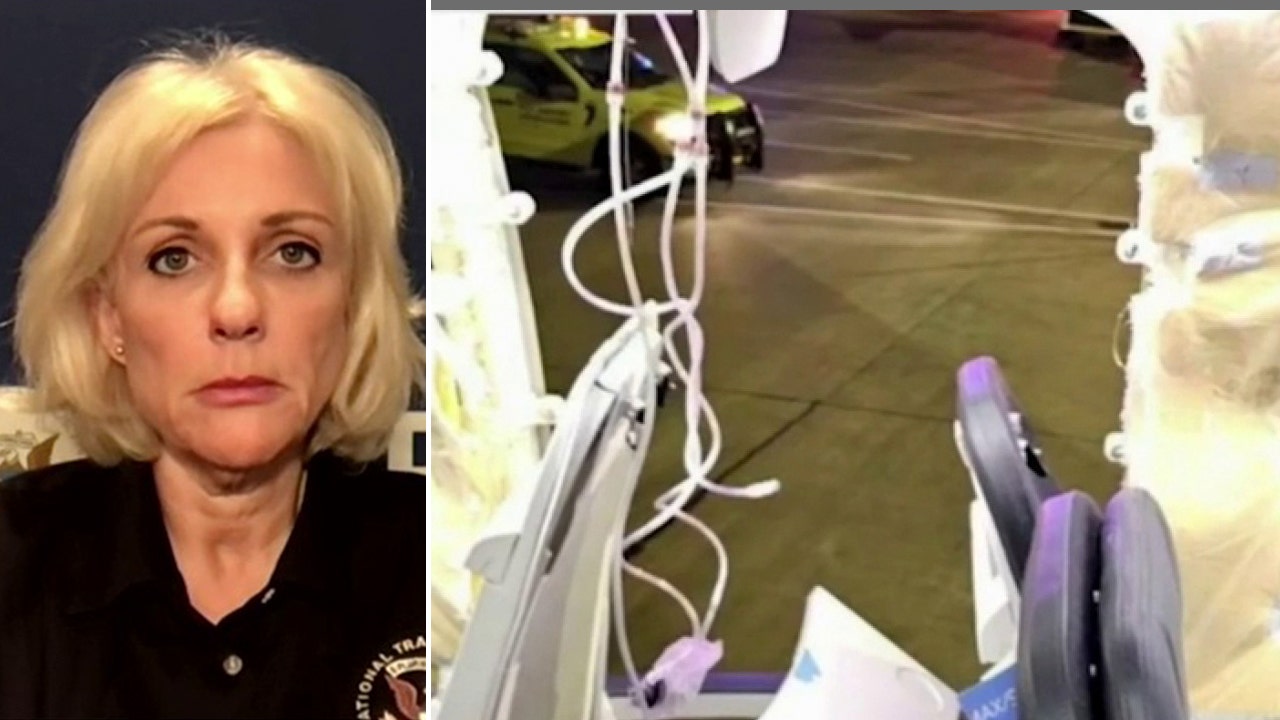
On January 9th, the Federal Aviation Administration (FAA) ordered most Boeing 737 Max planes to be temporarily grounded as regulators and Boeing investigate the cause of a recent emergency landing. The incident involved Alaska Airlines flight 1282 on Friday, which experienced an unexpected door plug blowout during its descent from cruising altitude. This led to concerns about potential hazards that could affect flights from both Alaska Airlines and United Airlines, who use the Boeing 737 Max planes for their operations. The National Transportation Safety Board (NTSB) is currently conducting a thorough investigation into this incident.




